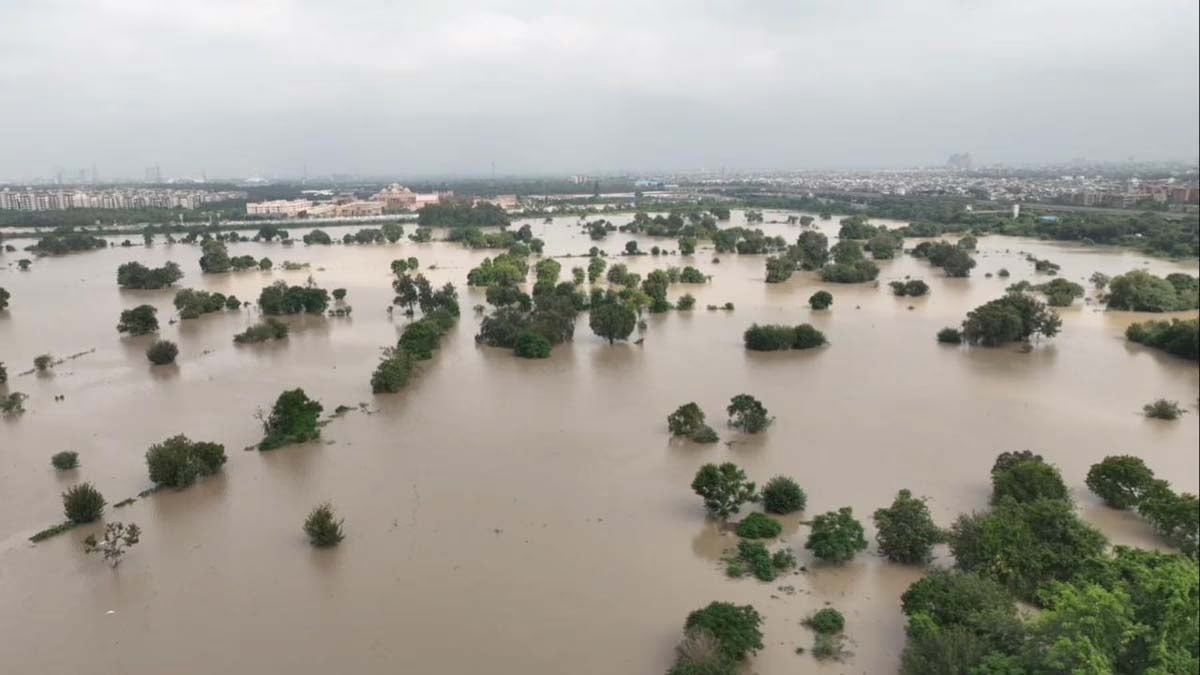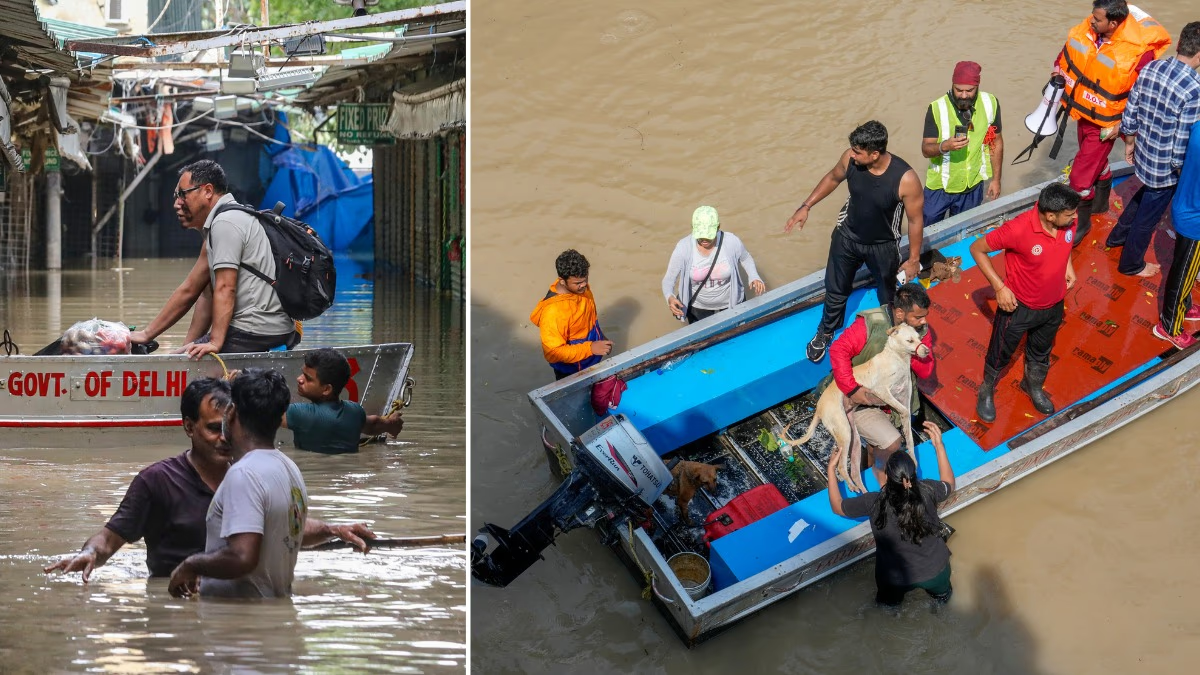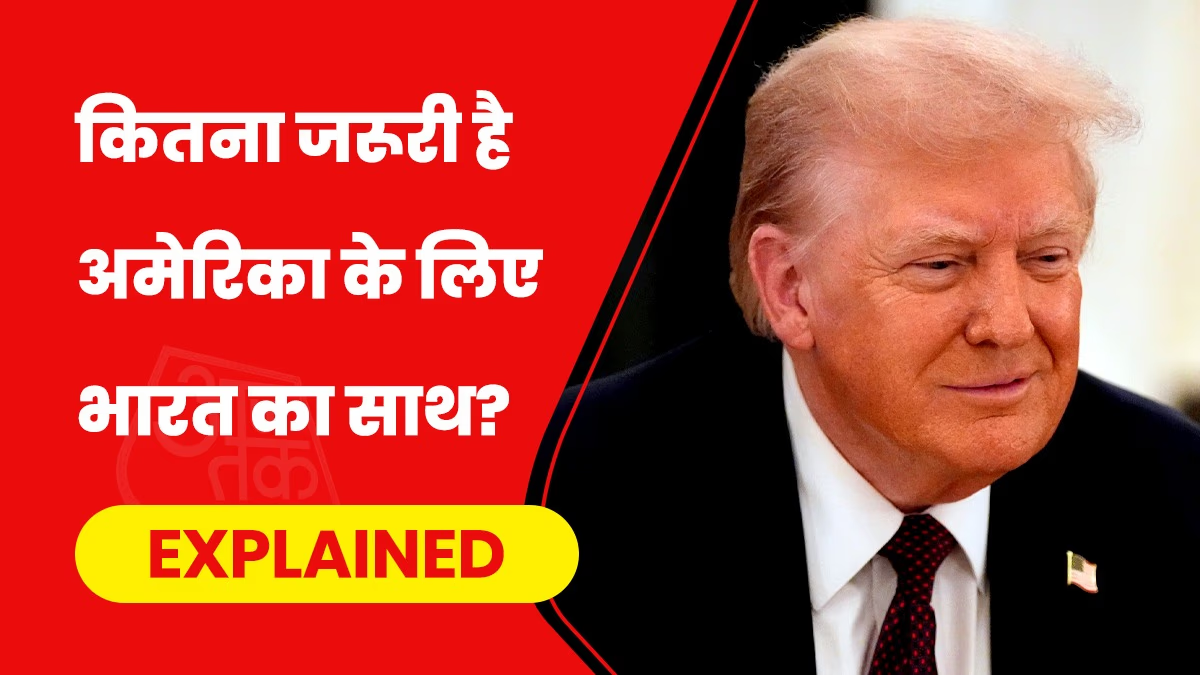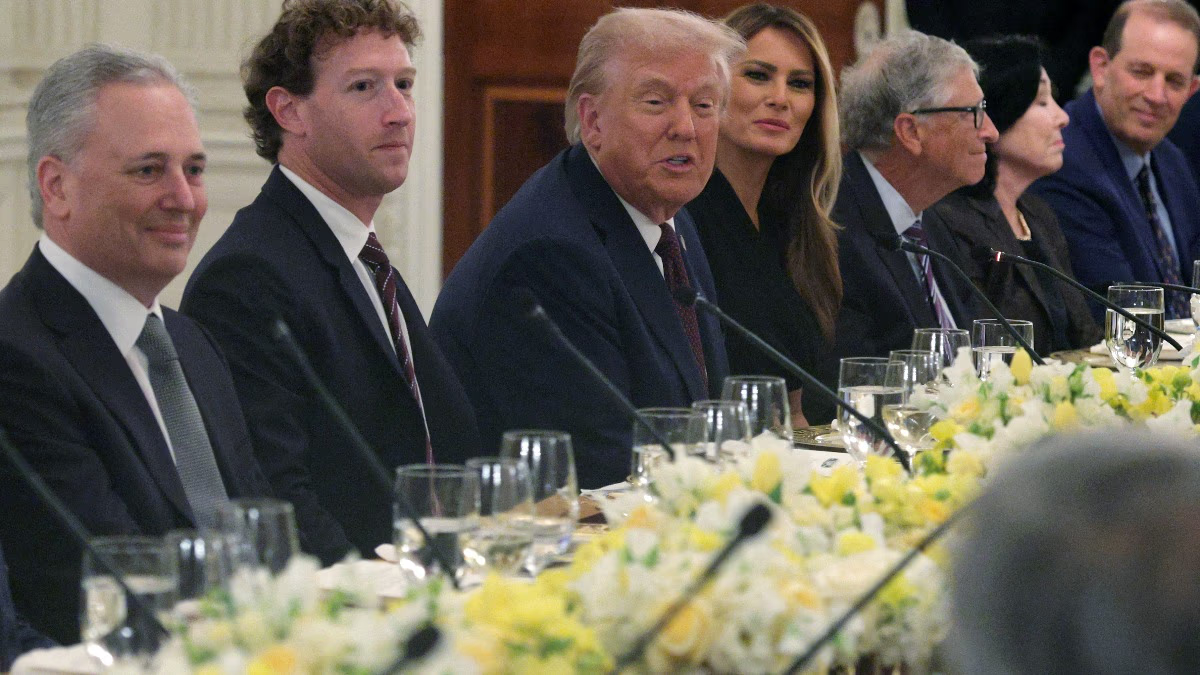For the first time in Himachal Pradesh, employees did not receive their salaries on time. Considering the economic crisis in the state, there is talk of pushing back the salary dates. This issue is being discussed nationwide, even leading to political accusations, but the question remains: where does a state get its funds, and why does a financial crisis occur.
Let's first understand the current situation in Himachal. CM Sukhvinder Singh Sukhu announced new dates for salaries and pensions, stating that the decision was made to save interest on loans. This would save 360 million rupees annually. The CM termed it financial discipline. At the same time, the state currently has a debt of 940 billion rupees. The government is taking new loans to pay off old ones.
Similar situations were seen in Bihar during Lalu Prasad Yadav's tenure. Government employees had to wait months for their salaries. In the 1990s, UP experienced almost the same scenario. It was a period of political and economic instability when the state’s treasury allegedly had no money left.
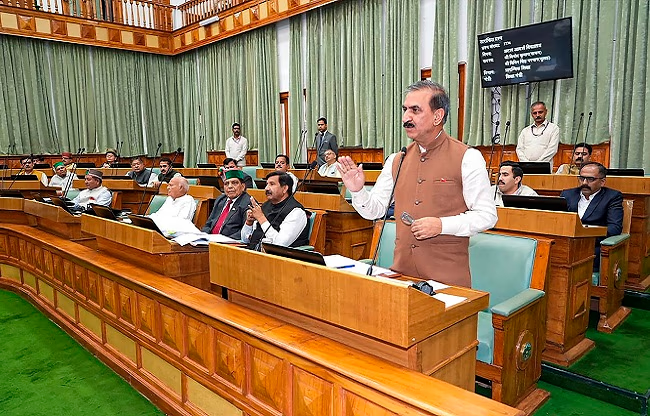
Source: aajtak
Where Do States Get Their Money From?
Taxes are the primary source. Each state has the authority to levy various types of taxes, including land revenue, state excise duty, vehicle tax, and entertainment tax. Additionally, states get a share of GST. A significant portion of the treasury comes from these sources. Governments also invest their financial resources and earn interest from them.
The Central Government Also Helps
Each state receives financial aid from the central government based on its geographical situation and population. This assistance is given through various schemes, central plans, and to bridge revenue deficits. The center also provides interest-free loans to states when needed, albeit with conditions such as timely completion of projects. Different funds are also available, like for disaster recovery. These are given either in lump sums or installments.
How Do Government Employees Get Their Salaries?
A large portion of salaries comes from revenue. Governments prepare an annual budget that includes an administrative budget, from which employees' salaries are paid. Similarly, a separate allocation is made for pensions. Part of the grant received from the center is also used for this purpose.
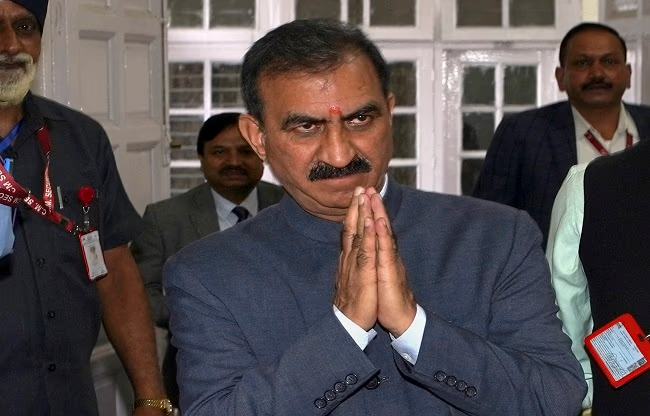
Source: aajtak
How Does an Economic Crisis Occur?
States receive money from various sources. However, sometimes unequal distribution of funds leads to an empty treasury. Political motives can also play a role when governments focus on special schemes for vote banks, which result in more loss than gain. If a state has taken excessive loans and lacks repayment capacity, the interest continues to pile up. Unforeseen situations, like the COVID-19 pandemic, also add a burden on both the center and states. Natural disasters such as floods, earthquakes, or tsunamis can also complicate matters, though the center does provide relief funds.
What Happened in Bihar?
During Lalu Prasad Yadav’s tenure as CM, the state witnessed a significant economic crisis. There were accusations of administrative negligence against leaders and officials. With a high revenue deficit, the state started taking more loans, creating a cycle. To overcome this, the then government tried various measures instead of investing in development. The result was a delay in salaries for government employees.
Later, Nitish Kumar’s government focused on development. Proven methods for infrastructure and revenue generation were applied. Various schemes were introduced, which helped control the deficit.

